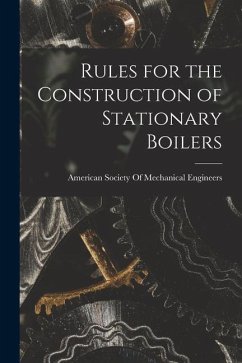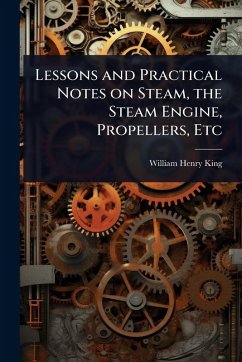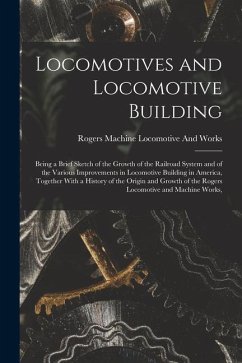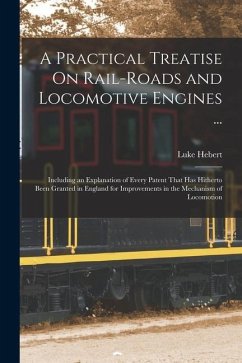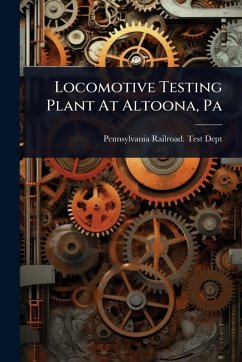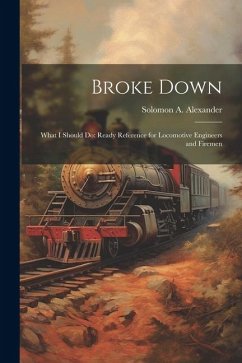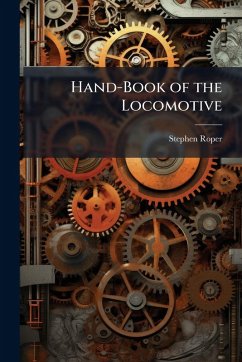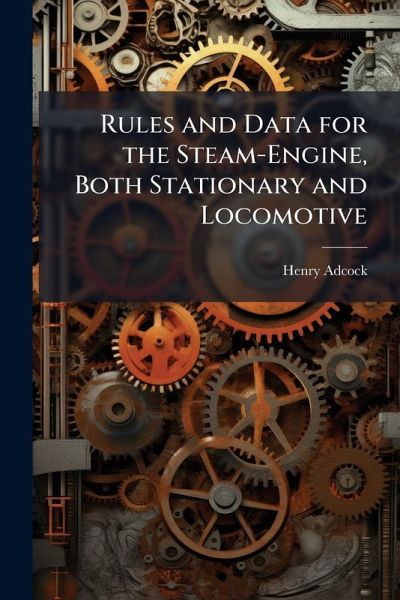
Rules and Data for the Steam-Engine, Both Stationary and Locomotive
Versandkostenfrei!
Versandfertig in über 4 Wochen
15,99 €
inkl. MwSt.

PAYBACK Punkte
8 °P sammeln!
"Rules and Data for the Steam-Engine, Both Stationary and Locomotive," by Henry Adcock, offers a detailed synopsis of eight lectures on mechanical philosophy from 1839. This book explores the construction and operation of steam engines, providing valuable insights into the technology of the early 19th century. It covers not only stationary and locomotive engines but also their application to railways, canals, and turnpike roads. This historical text provides a glimpse into the engineering practices and scientific understanding of the time, making it a valuable resource for historians of techno...
"Rules and Data for the Steam-Engine, Both Stationary and Locomotive," by Henry Adcock, offers a detailed synopsis of eight lectures on mechanical philosophy from 1839. This book explores the construction and operation of steam engines, providing valuable insights into the technology of the early 19th century. It covers not only stationary and locomotive engines but also their application to railways, canals, and turnpike roads. This historical text provides a glimpse into the engineering practices and scientific understanding of the time, making it a valuable resource for historians of technology and engineering enthusiasts alike. This work has been selected by scholars as being culturally important, and is part of the knowledge base of civilization as we know it. This work was reproduced from the original artifact, and remains as true to the original work as possible. Therefore, you will see the original copyright references, library stamps (as most of these works have been housed in our most important libraries around the world), and other notations in the work. This work is in the public domain in the United States of America, and possibly other nations. Within the United States, you may freely copy and distribute this work, as no entity (individual or corporate) has a copyright on the body of the work. As a reproduction of a historical artifact, this work may contain missing or blurred pages, poor pictures, errant marks, etc. Scholars believe, and we concur, that this work is important enough to be preserved, reproduced, and made generally available to the public. We appreciate your support of the preservation process, and thank you for being an important part of keeping this knowledge alive and relevant.



